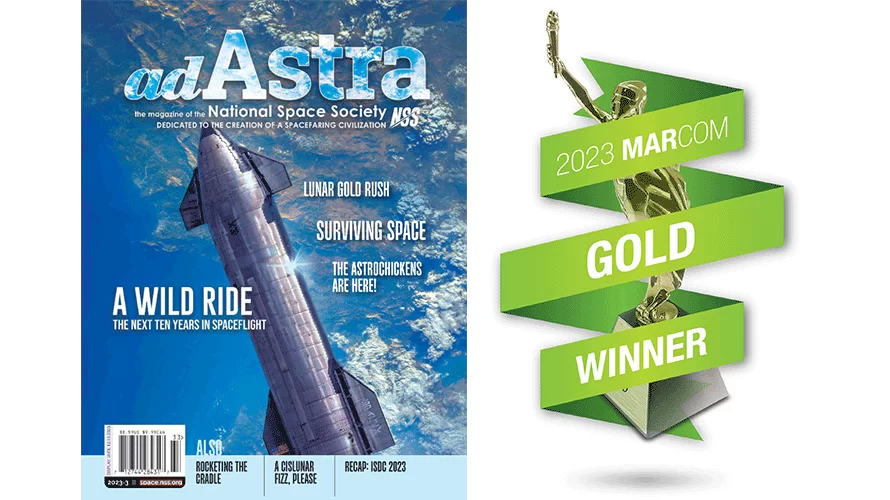There are Better Options than Outright Cancellation of this Valuable Mission
Image: Rendering of NASA’S VIPER rover on its originally intended mission to the Moon. Credit: NASA
KENNEDY SPACE CENTER, FL, UNITED STATES, September 9, 2024 — The National Space Society (NSS) has published a position paper concerning NASA’s announced plan to cancel the VIPER (Volatiles Investigating Polar Exploration Rover) mission to the Moon. VIPER has been in the works since 2018 and was intended to investigate the useful resources thought to exist at the lunar south pole.
In July, NASA announced its plans to cancel the mission due primarily to cost overruns and concerns with the planned lunar lander. The original budget of the mission was $433.5 million for the rover and another $235.6 million for launch and lunar landing services to be provided by commercial partners Astrobotic and SpaceX. As of NASA’s announcement, the VIPER rover, being developed by the agency’s Ames Research Center in Mountain View, California, had exceeded the agency’s budget-growth limits, costing $450 million to date. This was the stated reason for the cancellation, which would save an estimated $84 million, or about one-eighth of the projected total mission cost.
NASA has offered to accept solicitations from private entities to complete and send the VIPER rover system to the Moon “at no cost to the government,” in its current form and without any disassembly.
NSS supports the continuation of the VIPER mission, whether led solely by NASA or in collaboration with commercial partners. However, with VIPER’s future uncertain, NSS additionally proposes that NASA consider adopting a different approach to lunar exploration, as outlined in the NASA-funded Evolvable Lunar Architecture (ELA) report from 2015, which advocates for a fleet of multiple small, low-cost commercial rovers sourced from multiple commercial providers. This approach would eliminate the risk of single-mission failure and promote redundancy. It would also allow for exploration over a wider range of the lunar surface and enhance the chances of success.
The cancellation of VIPER would be a tremendous blow to not just NASA and its commercial partners but would also cripple NASA’s larger goals. VIPER is a cornerstone of NASA’s Artemis program and directly supports the long-term goals of sustainable lunar exploration and resource utilization. Without VIPER, the Artemis program risks falling short of its transformative potential, reducing it to little more than a repeat of the Apollo missions.
Read the NSS Position Paper.




















